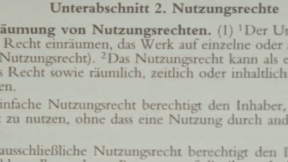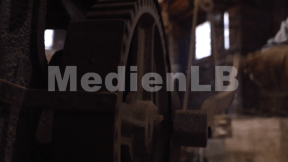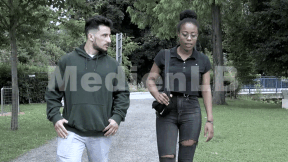 Health, Primary School
Health, Primary School
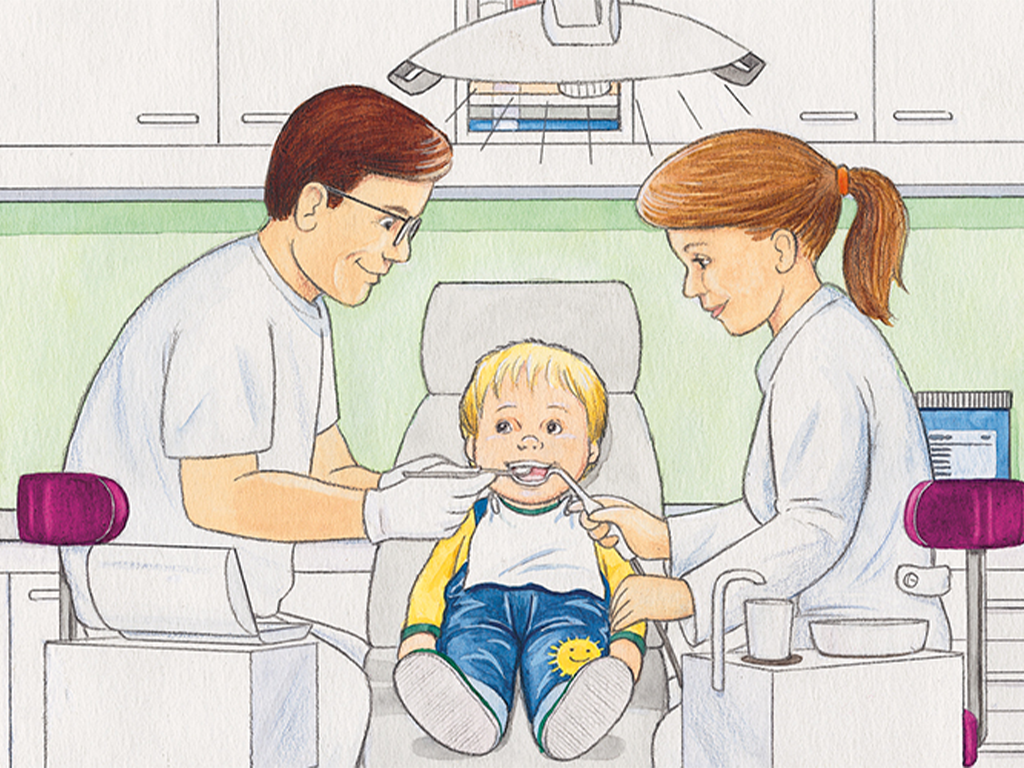

4658327 / 5551747
Your Teeth
Structure and Care
This DVD demonstrates that a regular and thorough brushing of your teeth is the foremost condition for their lifelong health. At the same time, pupils learn that food that doesn‘t damage their teeth is decisive, too, in keeping them healthy. Moreover, the film provides information in simple and comprehensible terms on the structure and function of the different kinds of teeth and the necessity of seeing a dentist regularly. The DVD focuses especially on the following aspects of the topic: oral cavity (different parts, bacteria, purposes of saliva); dentition (kinds of teeth and their properties and functions, outward structure, milk teeth, teething, dentition); structure (inner structure, milk tooth as a place-holder, sugar – the enemy of your teeth, caries, food); dental care (tools for cleaning your teeth, brushing techniques); the dentist (a look at a dentist‘s surgery, dental treatment).
Play trailer
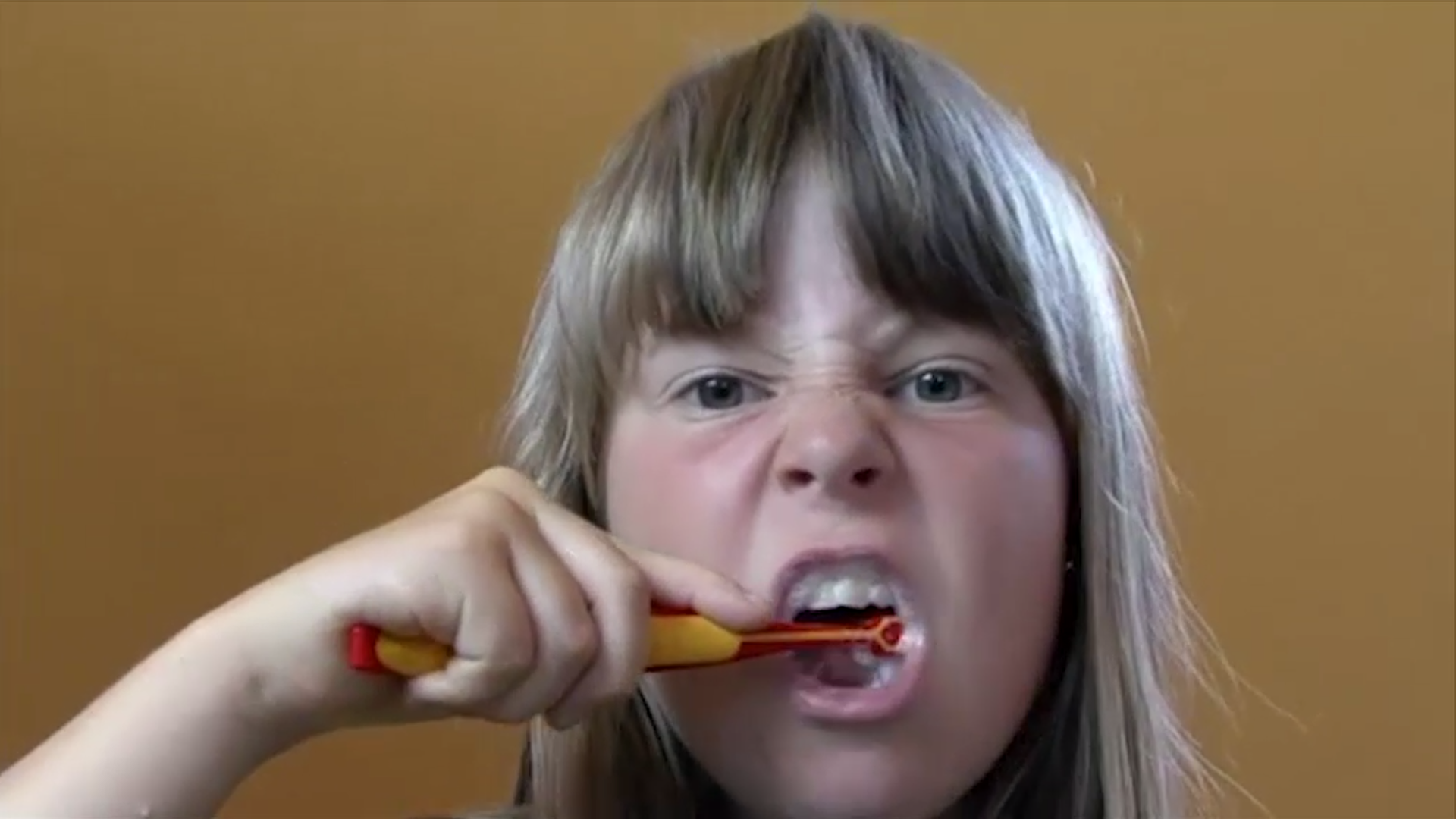
Curriculum-centred and oriented towards educational standards
Matching
Copyright
Copyright is subject to constant change to keep up with technological advances. This film enables the viewer to grasp the basic principles of this extremely intricate matter. By way of introduction, the film defines what an author is, what kinds of works there are and how long a work is protected on principle. Then the fundamental rights of an author are cited and it is shown how these are exploited in our times. In the third chapter, the respective rights are illustrated by way of practice-oriented examples of books, photos, music and films. Here, of course, an emphasis is laid on the field of education, taking into account the latest case law within the EU and Austria in particular. A further chapter highlights the problems arising with the Internet and goes into the citation law and pirate copies. All in all, in this way the viewer is made familiar with the most important basic terms and their meanings. Comprehensive worksheets and additional accompanying material invite us to deepen our knowledge of the subject.
Seal of approval
Quality seals such as the "Bio-Siegel", "Blauer Engel", "Stiftung Warentest" and up to 1,000 other seals represent characteristics such as sustainability, health or safety with regard to a product, a service or even a company.





